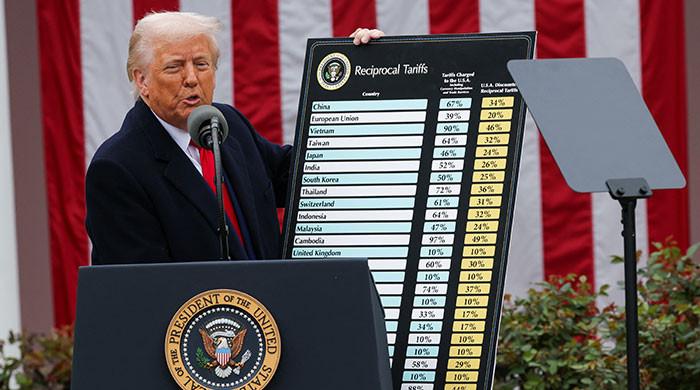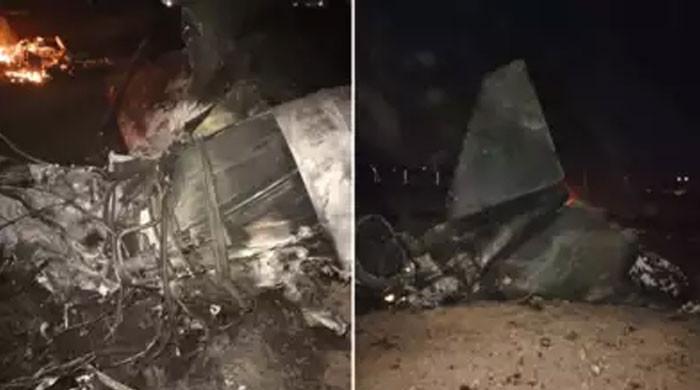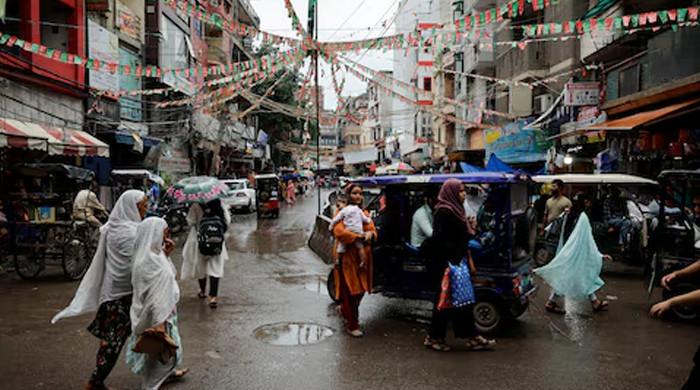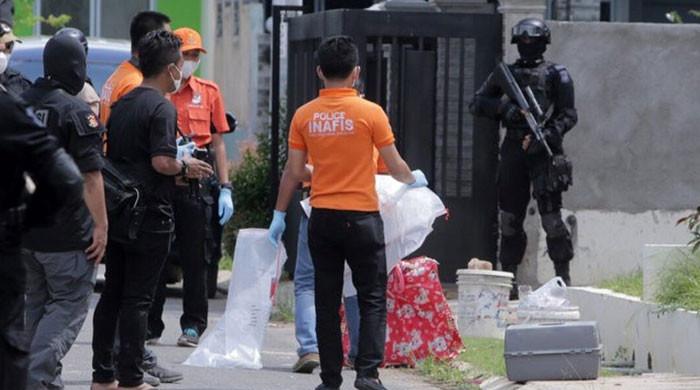Explainer: How the voting process works in US
US does not have online voting system and voters are assigned polling locations within each district
November 05, 2024
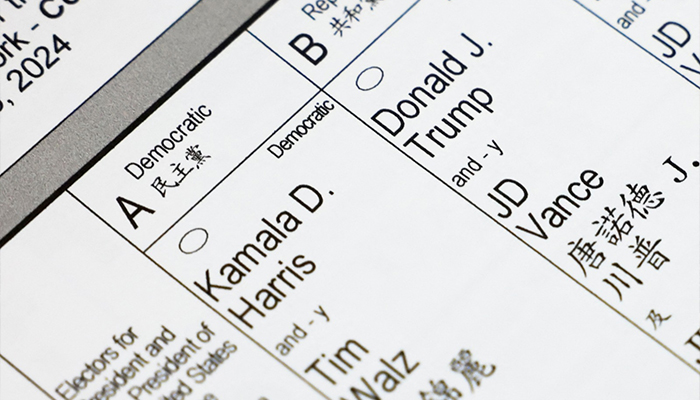
The ballot paper which is being used in the ongoing 2024 US presidential election is a black print on a white background with a small oblong-shaped bubble printed next to each candidate's name for voters to fill to show their preference.
The ballot can be long — two or three white pages, according to BBC.
Additionally, they also contain House and Senate races as well as local initiatives and proposals, such as funding for community services alongside a spot to vote for presidential nominees Kamala Harris or Donald Trump.
The US citizens will have to fill in a bubble rather than ticking or marking an x in a box which would take roughly 10 minutes to fill one out.
How do voters cast their votes?
The US does not have an online voting system and voters are assigned polling locations within each district.
The polling locations are generally public buildings such as convention centres, libraries, schools and community centres where voters fill out their ballots after entering private polling booths, Al Jazeera reported.
The voters can get details of their respective polling stations from the state's poll locator portal through the nonpartisan and nonprofit organisation — Vote.org.
Hand-marked ballots
Most voters in the US will be handed over hand-marked paper ballots in which they fill in an oval or square next to their preferred candidate's name.
Nearly 70% of registered voters live in jurisdictions that use hand-marked paper ballots, according to the Philadelphia-based nonpartisan organisation Verified Voting.
Ballot-marking digital devices
Some jurisdictions provide ballot marking devices (BMDs) that allow voters to cast their votes on a digital device.
A paper record will be produced by the device. About 25% of registered voters live in jurisdictions that use BMDs for all voters.
Direct recording electronic (DRE) voting
A direct recording electronic (DRE) voting system is being used for a small number of voters. They press a button or touchscreen to cast their votes, which then go directly into the computer system.
According to the Council of State Governments website, Indiana, Kansas, Kentucky, Louisiana, Mississippi, Tennessee and Texas had used DRE machines in 2020.
Some DRE systems are connected to a Voter Verified Paper Audit Trail printer, which produces a paper record of each vote that the voters can confirm before their vote is recorded in the computer.
Five% of registered voters live in jurisdictions that use DREs for all voters.
What ID is required to cast a vote in the US?
Thirty-five out of 50 states require voters to show some form of valid ID while 25 of these states seek a photo ID, including a driver’s licence or passport, to allow an individual to cast a vote, Al Jazeera reported.
Voters in 15 states, including Nevada, are not bound to bring IDs at polling stations to take part in the US vote. However, they will be asked to sign their name there and their signatures will be compared with the signature and ID they provided when they registered to vote.
In some states with no ID restriction, voters are asked to show their identities if it is their first time voting or if they did not provide valid ID at the time of registration.




